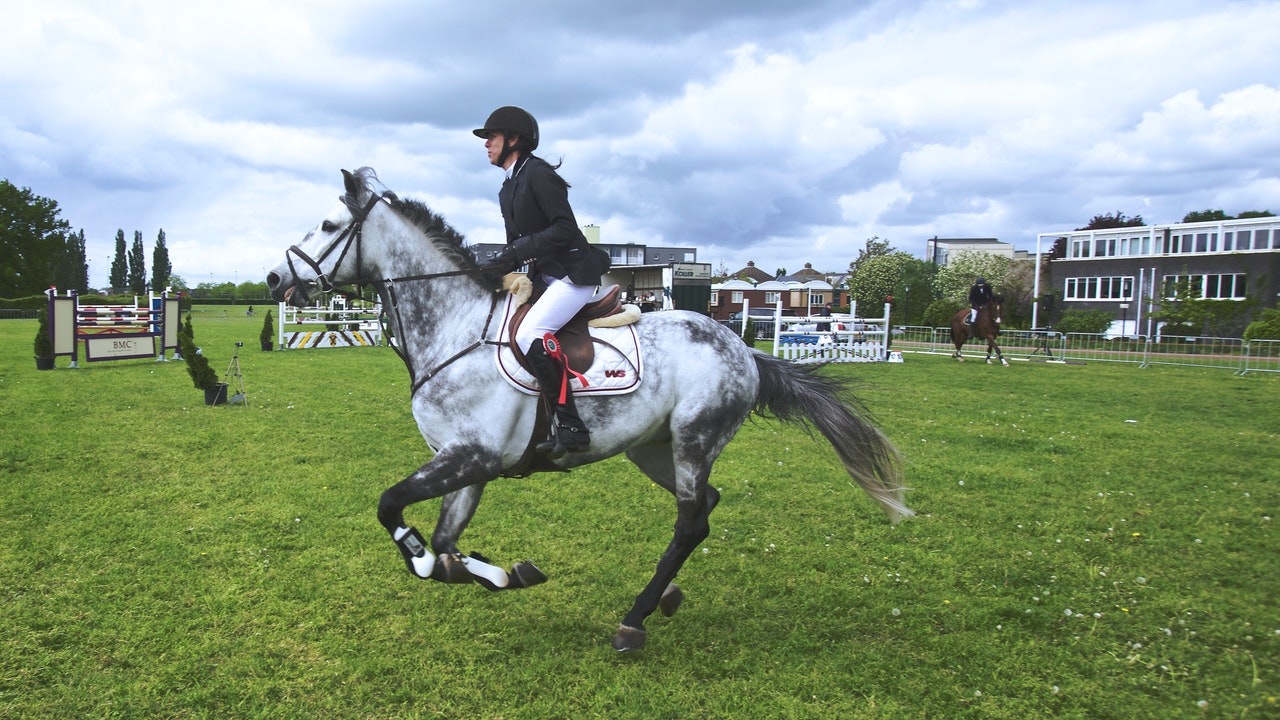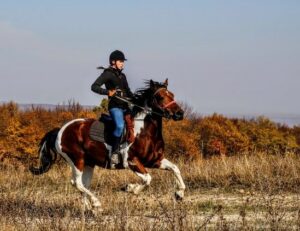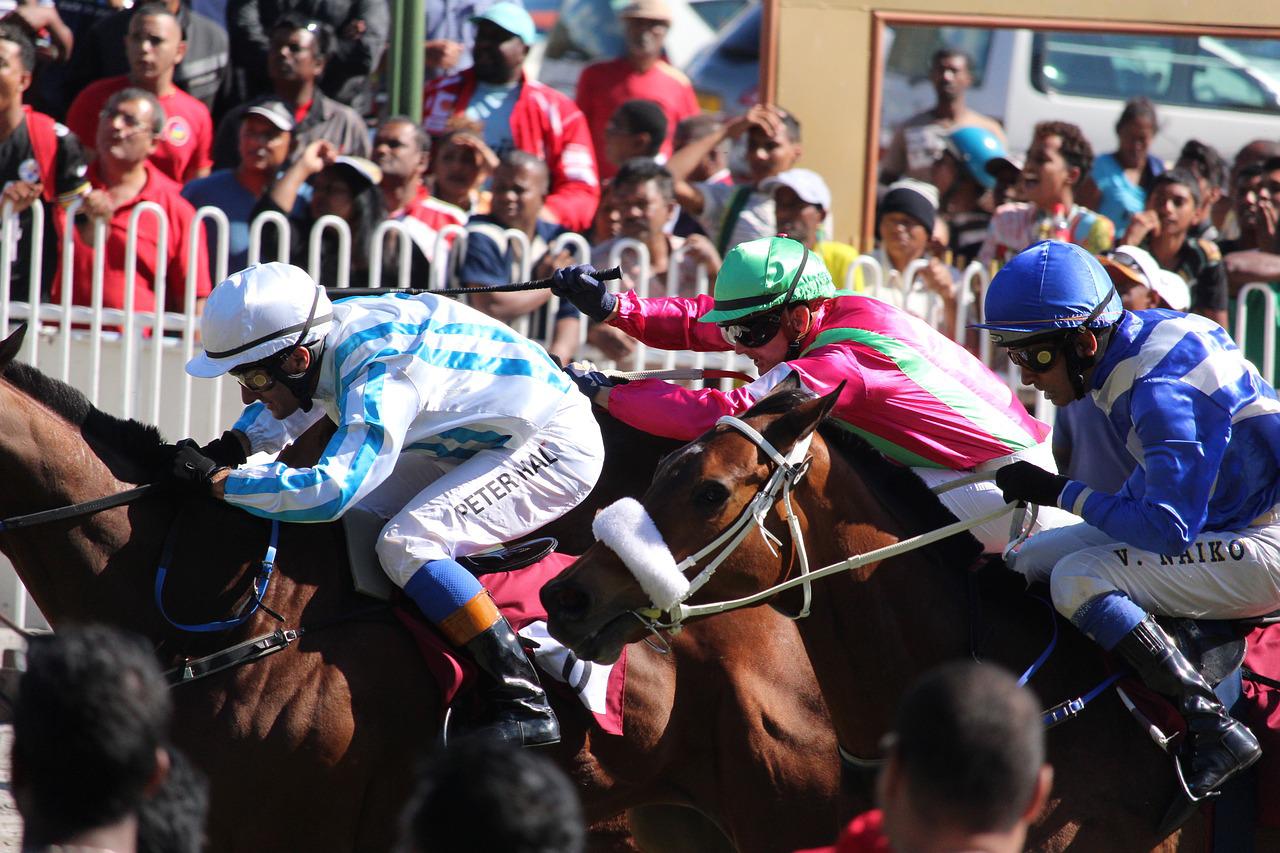
Horse racing is one of the oldest sports in the world. Its fans have included kings, queens, and other members of royalty. However, its appeal is not just limited to members of high society as it has also been a popular pastime for commoners for hundreds of years. There are many theories about why horse racing continues to be so popular with spectators even today when there are so many other forms of entertainment available. Below we will discuss some of these theories and you can judge for yourself whether horse racing really should continue to be such a favourite spectator sport after all these years.
Horse racing has a long history
If you look at history, horse racing has been around since ancient times—even before there were written records to document it.
Horse racing is popular in many countries around the world, including Australia, the United Kingdom and America (the U.S.). It’s also very popular in other parts of Europe as well as Asia and the Middle East.
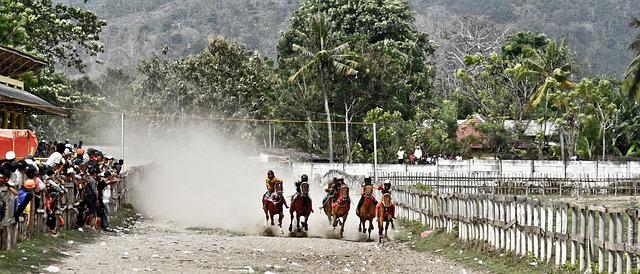
Horse racing events are exciting and fun to watch
Horse racing events are exciting and fun to watch. I know you’ll agree that it’s thrilling when the horses are running and taking a leap, but there’s more than just that. The jockeys and trainers can be seen too! You can see their excitement while they’re riding on their horses, which makes the race even more enjoyable to watch. And if you’re lucky enough to live near a horse racing track where people gamble on it, then there will be plenty of betting going on as well!
For many people, going to the races is a social event and a chance to have a meal out or catch up with friends
For many people, going to the races is about much more than watching the horses—it’s also an opportunity to catch up with friends and family members while having an enjoyable meal out or catching up with old acquaintances (or possibly even making new ones).
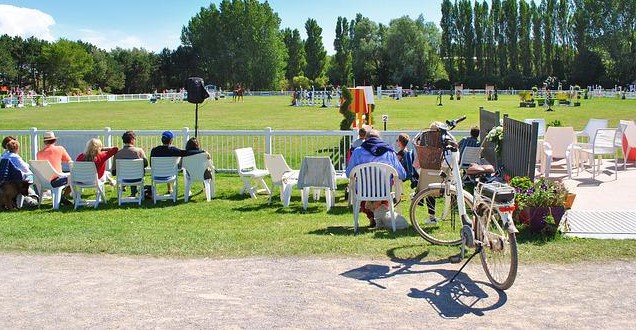
The betting is an important factor in the popularity of horse races
Betting is a great way to make money. If you’re good at betting, it can be a great way to make some extra cash. It’s also fun to play with friends and family over bets, and it can help build relationships as well! Betting on horse races can also help you learn more about the horses involved in the race and what kind of track they might be best suited for.
Horse racing is still popular after all these years because it’s so much fun!
Horse racing continues to be popular because it appeals on so many levels
Horse racing is a sport that appeals to people on many levels. It’s exciting, fun and can be enjoyed by people of all ages. Horse racing also brings about social interaction and has long been used as an outlet for betting on animals. As well as being great entertainment, horse racing teaches you about horses and how to care for them properly!

